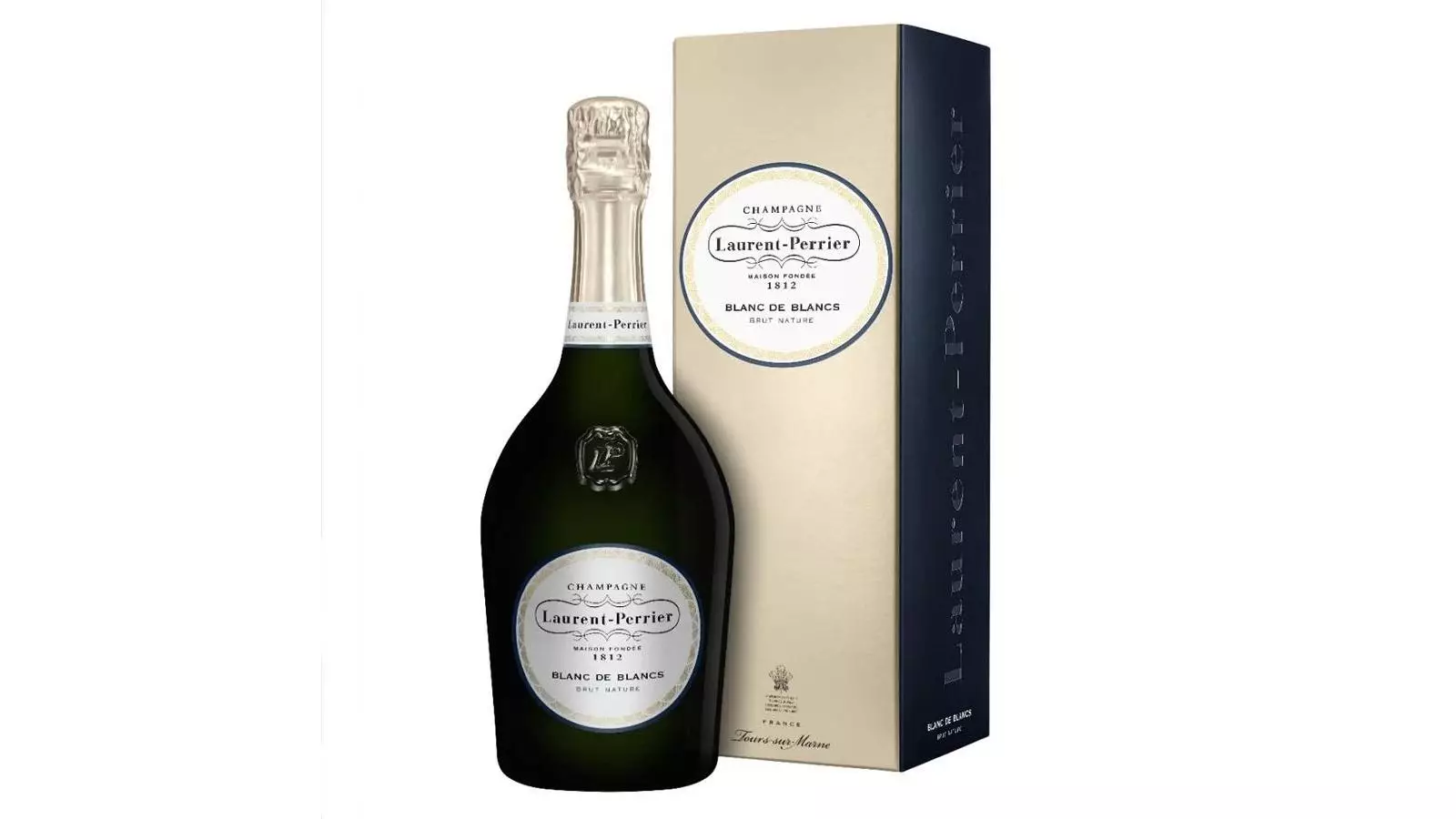Champagne has invariably stood as the epitome of celebration, marking life’s most joyous milestones with its effervescent fizz. However, its significance and charm extend far past mere toasts and festive occasions. The Champagne region in France, famed for its unique terroir and centuries-old winemaking traditions, offers not only a luxurious beverage but a profound expression of artistry and craftsmanship. This article explores the multifaceted world of Champagne, illuminating its evolving status not just at celebrations, but as a versatile companion across various dining experiences.
Nestled in northeastern France, about 90 miles from Paris, the Champagne region encompasses five primary zones: Montagne de Reims, Vallée de la Marne, Côte des Blancs, Côte de Sezanne, and the Aube. The combination of the region’s cool climate and chalky soils creates an ideal environment for cultivating the essential grapes, namely Chardonnay, Pinot Noir, and Pinot Meunier. The meticulous process of fermentation, aging, and blending that crafts Champagne has been honed over centuries, resulting in a beverage that is not merely a product but a cultural emblem.
In recent years, there’s been a notable resurgence of interest in Champagne among wine enthusiasts. A new generation of producers is not only perpetuating traditional methods but is also venturing into innovative techniques that push the boundaries of conventional Champagne-making. Many now experiment with zero-dosage styles—lacking added sugar—that allow the wine’s pure character to shine. These contemporary techniques reflect a growing desire for authenticity and a deeper understanding of the wine’s potential.
Contrary to popular belief, Champagne is not exclusively for lavish celebrations. Its vibrant acidity and sophisticated flavor profiles make it an ideal companion for diverse culinary experiences. From the crispy crunch of fried seafood to the richness of creamy sauces, Champagne seamlessly elevates a variety of dishes. Moreover, its versatility extends to casual dining and even street food. Picture savoring a tangy fish taco or indulging in a gourmet burger paired with a chilled glass of Champagne; in such instances, the wine transitions from merely a celebratory drink to an integral part of the meal.
Furthermore, the misconception that Champagne should only be cherished in special moments is being dispelled. The evolving culture around Champagne advocates for its enjoyment any day of the week, turning mundane dinners into extraordinary occasions. This democratization of Champagne drinking signifies its potential to enhance everyday experiences.
A common query regarding Champagne is its longevity. Although an opened bottle will lose its characteristic bubbles within a few days—even with a reliable stopper—an unopened bottle can maintain its integrity for up to 15 years if stored correctly. The best practice is to keep it lying down in a cool, dark place to preserve its flavor and effervescence. Proper storage conditions can lead to unexpected delights, revealing depth and richness that often elude younger bottles.
The nuances of Champagne can be particularly intriguing when exploring different producers. For example, the renowned Laurent-Perrier houses a 100% Chardonnay offering in the sans dosage style, a fresh, citrus-driven Champagne ideal for seafood pairings. Conversely, Idris Elba’s Petite Porte Noire Brut NV showcases a harmonious blend of Chardonnay, Pinot Noir, and Pinot Meunier, presenting an elegant profile that captivates both novices and connoisseurs alike.
Among the many distinguished names in the Champagne industry, Rare Champagne stands out with its Millésime Brut 2008, recognized as the “Supreme World Champion” at the 2023 CSWWC. Comprising a balance of 70% Chardonnay and 30% Pinot Noir, this vintage offers an aromatic journey starting with sweet peach notes that transform into an ultra-zesty palate, accented by hints of pineapple and fresh-baked pastries. It exemplifies the high standards that contemporary champagne producers strive for.
Another noteworthy name is Billecart-Salmon, with their iconic Brut Rosé featuring a composition of 40% Chardonnay, 30% Pinot Noir, and 30% Meunier. Its bright character of strawberries and raspberries makes it a perennial favorite that pairs beautifully with lighter meals or can be savored independently. Meanwhile, Maison Bruno Paillard’s 2014 Blanc de Blancs speaks volumes of Chardonnay’s potential, showcasing complexity garnered through extended aging—symbolizing the artistry inherent in Champagne production.
Champagne is evolving into a wine that reaches beyond traditional settings of toasts and celebrations. It represents everything from glamour to gastronomic versatility, coalescing unique flavors and unmatched craftsmanship. The resurgence of interest in Champagne among enthusiasts invites all to explore its diverse expressions, reaffirming that it is, indeed, a breathtaking beverage fit for every occasion—be it grand or intimate. The true beauty of Champagne lies not just in its bubbles but in its ability to connect people and elevate experiences.


Leave a Reply